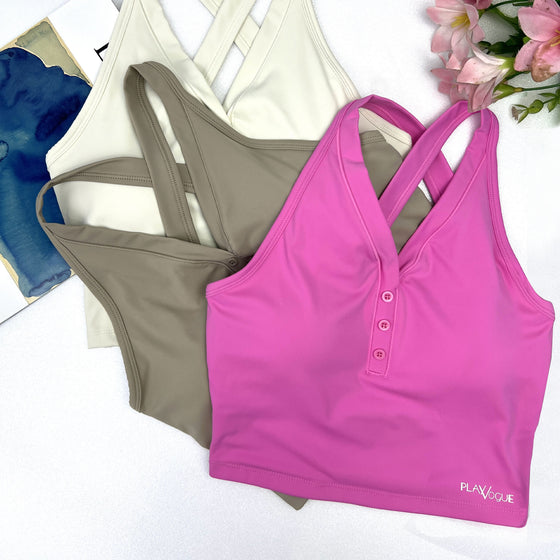High-impact vs. Low-impact Workouts: Which suits me better?

Disclaimer: You should consult your physician before starting any workout programme.
With so many fitness trainers and workout programmes out there, the amount of information to process can be overwhelming. From Tabata to hot yoga to HIIT to Zumba to Jazzercise to Les Mills Grit; you name it. Each and every one of these high and low impact exercise programmes has its merits.
First things first, what is high-impact and low-impact?
According to the American Sports and Fitness Association, low-impact exercises are exactly as it is stated – they are exercises that are low-impact on your joints. These types of exercises can include walking, swimming, yoga, cycling, or elliptical cardio. Anything that is easy on the joints or gentle and in fluid-motion is considered to be low-impact. Low-impact exercises are great for individuals who are new to working out. Low-impact exercises are also great for athletes who are injured or recovering from injury. Low-impact exercises also provide a gentle workout on your easy days and can aid in recovery of your harder days.
High-impact exercises are the opposite side of the spectrum. These exercises have a high-impact on the joints. Examples of high-impact exercises include running, skiing and gymnastics. High-impact exercises put you at higher risk of injury, especially if your form is not correct. Acute athletic injuries are more often associated with high-impact exercises. Having a personal trainer or coach can help ensure that your high-impact exercises are done with proper form to prevent injury.
So, how do you decide which one suits you better? Here are some questions you can ask before deciding:

What is the fitness goal you’d like to achieve?
Whether you’re looking to get stronger, lose weight, increase stamina or just generally get healthier, it’s important to be clear about why you want to start working out. If you’re looking to lose weight, Women’s Health Magazine listed the top 10 high-impact exercises ranked by calorie burn. Not to say you can’t lose weight with low-impact workouts, but the duration might take a while more. Whichever workout you choose, remember the purpose of why you started in the first place.

What is your level of commitment per week?
If you only have a few hours to workout in a week, perhaps starting a high-intensity-interval training programme may be the better option. Dalton Wong, a certified fitness coach, recommended anywhere between two to three days a week of HIIT sessions as that would allow rest and recovery between sessions.
But if you’re able to set aside more time every day, go ahead and mix up your workouts between high and low impact exercises. Starting is one thing, to maintain a consistent workout schedule is another. It’s ok to start small and slowly increase the number of days you can workout until it starts to form a healthy habit. And remember to listen to your body; rest when you need to. Moderation is key.

How physically and mentally ready are you to begin working out?
Now this question may be a little hard to answer for some. The mind may be willing but the body is not, and vice versa. For instance, you might have a nagging pain in the neck and back and you’re planning to start gym training. It’s probably best to speak to your doctor (or specifically an orthopaedic doctor) to find out if there are any underlying conditions that may prevent you from performing your best. Therefore, high-impact exercises should not be recommended; especially if you’re nursing injuries or have yet to build the stamina for intense workouts.
The same goes for the mind. You may have stumbled off your exercise routine for some time and are looking to restart but somehow can’t quite motivate yourself enough to move. Speaking to a certified coach can be helpful to uncover the reason behind your lack of motivation. Starting off with low-impact exercises can also build confidence and serve to complement your day-to-day activities.
Other aspects to consider:
- Quantity and quality of sleep
- Balanced intake of healthy food and the occasional dessert
- Effective habit-formation
Shop Our Collections

Classy Thread Bra

Trick Cross-back Bra




